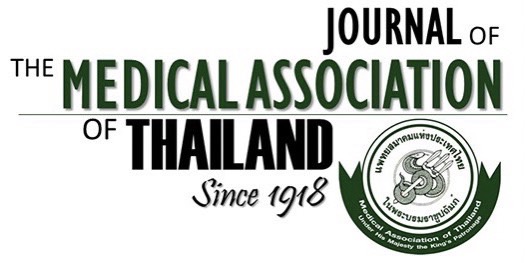Thai Urology Workforce Forecast per Capita 2024-2039
Kittichai Pituvongse¹, Praween Tubsaeng², Vorapot Choonhaklai³, Wasana Khampiwmar⁴, Monthira Tanthanuch⁵, Wattanachai Ungjaroenwathana⁶, Bunjerd Nonthasoot⁷, Supoj Ratchanon¹
Affiliation : ¹ Division of Urology, Department of Surgery, Faculty of Medicine, King Chulalongkorn Memorial Hospital, Chulalongkorn University, Bangkok, Thailand; ² Department of Urology, Mahasarakham Hospital, Mahasarakham, Thailand; ³ Department of Urology, Rajavithi Hospital, Bangkok, Thailand; ⁴ Department of Urology, Buddhachinaraj Hospital, Phitsanulok, Thailand; ⁵ Department of Urology, Faculty of Medicine, Prince of Songkhla University, Songkla, Thailand; ⁶ Department of Urology, Sunpasitthiprasong Hospital, Ubon Ratchathani, Thailand; ⁷ Department of Urology, Somdejphrajaotaksinmaharaj Hospital, Tak, Thailand
Background: An adequate urology workforce must be ensured to provide quality urological care to the population as urologic disease burden continues to increase worldwide. However, Thailand lacks robust forecasting models to project the future supply and demand for urologists.
Objective: To analyze the current landscape of the Thai urology workforce and forecast the per capita urology workforce from 2024 to 2039 under various scenarios.
Materials and Methods: A cross-sectional study was conducted using census data from the Ministry of Public Health, Thai Urological Association, and Medical Council Training and Examination Subcommittee. The current urology workforce demographics were analyzed. Stock-and-flow models were developed to project the future supply of urologists, considering numerous factors, such as incoming trainees, retirement rates, and population growth. Seven scenarios were modeled, including a stagnant growth model, with a 0% increase, and continued growth models with varying increases in residency training positions.
Results: As of 2024, Thailand has 421 urologists, corresponding to 0.64 urologists per 100,000 population. The regional allocation of urological personnel revealed a striking disparity. Bangkok, Health Region 13, demonstrated the highest concentration, with a ratio of 2.63 per 100,000, while Health Region 9 in the northeastern region presented the lowest, at 0.27 per 100,000. Under the stagnant growth scenario, the per capita urology workforce is projected to reach 0.99 urologists per 100,000 population by 2039. With interventions to increase the number of urology trainees, the continued growth scenarios project a higher per capita urology workforce by 2039, ranging from 1.02 to 1.17 urologists per 100,000 population.
Conclusion: The findings highlight the current situation of urologists in Thailand and the need for initiative-taking measures to address the projected workforce deficits. Recommendations include increasing residency training positions, implementing strategies for equitable geographic distribution, and continuous monitoring of workforce dynamics to ensure an adequate and well-distributed urology workforce for the Thai population.
Received 31 January 2025 | Revised 3 March 2025 | Accepted 10 March 2025
DOI: 10.35755/jmedassocthai.2025.3.214-222-02134
Keywords : Urology workforce; Per capita ratio; Incoming workforce; Retiring workforce; Flow model; Growth scenarios
All Articles
Download



